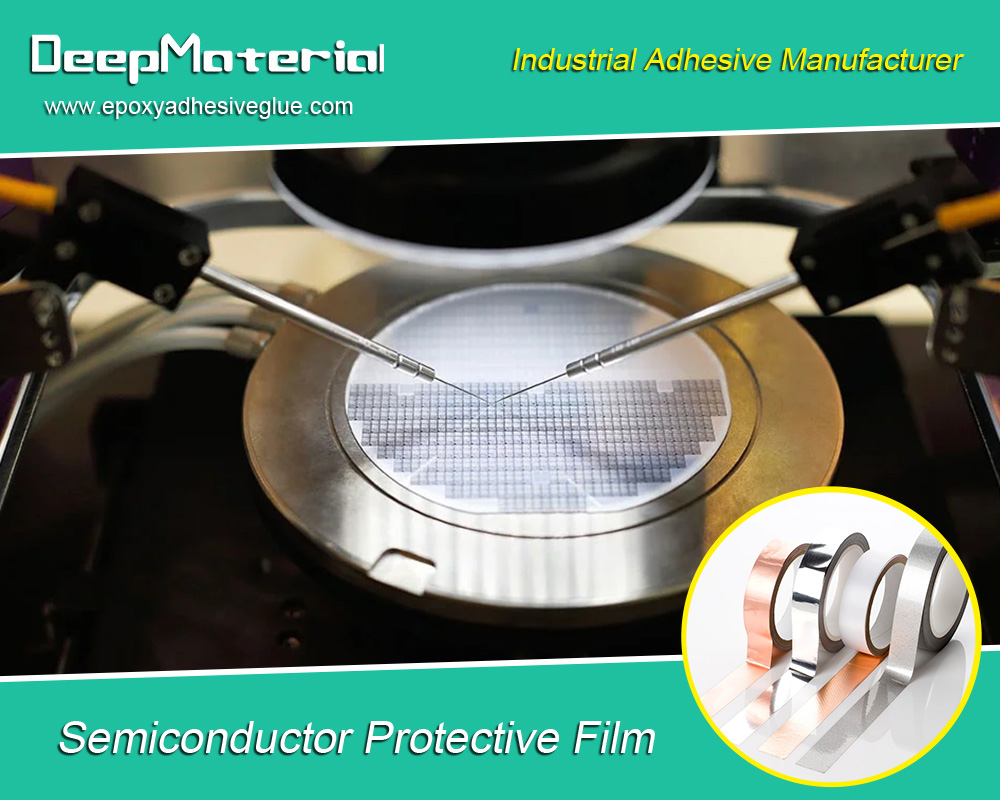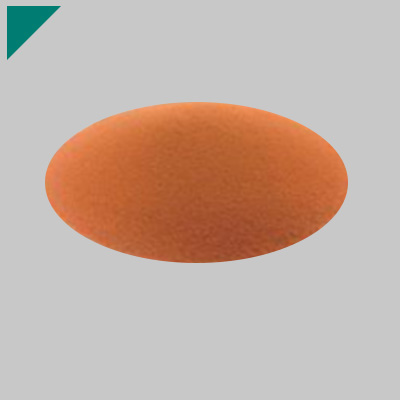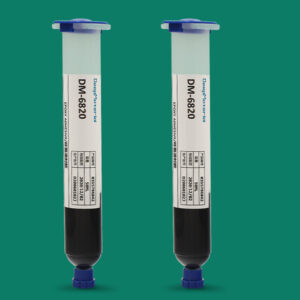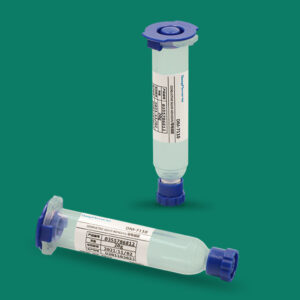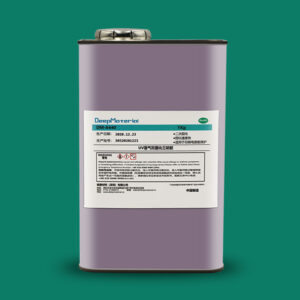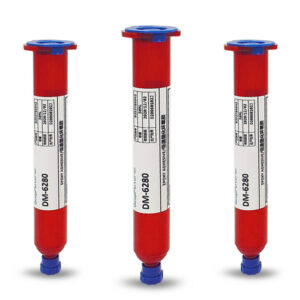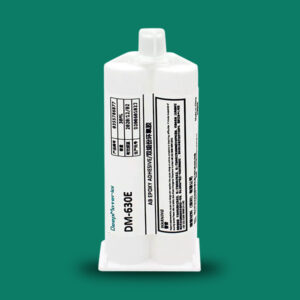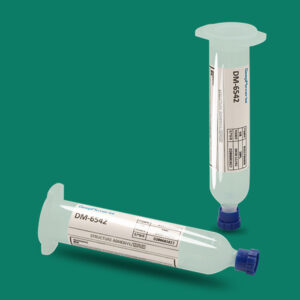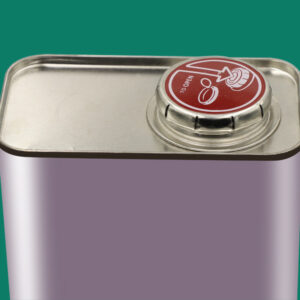Exploring the Versatility of UV Curing Adhesive Glass for Bonding Solutions
Exploring the Versatility of UV Curing Adhesive Glass for Bonding Solutions
UV curing adhesive glass is a type of bonding solution that is widely used in various industries. It offers fast curing time, high bond strength, and versatility in bonding different materials. This adhesive is commonly used in the electronics, automotive, medical, construction, and aerospace industries. It works by using UV light to initiate the curing process, eliminating the need for solvents or heat.
Today, we will explore the advantages, applications, working mechanism, and types of UV curing adhesive glass. We will also discuss the factors to consider when using this adhesive, compare it with other bonding solutions, and provide safety precautions and maintenance tips.
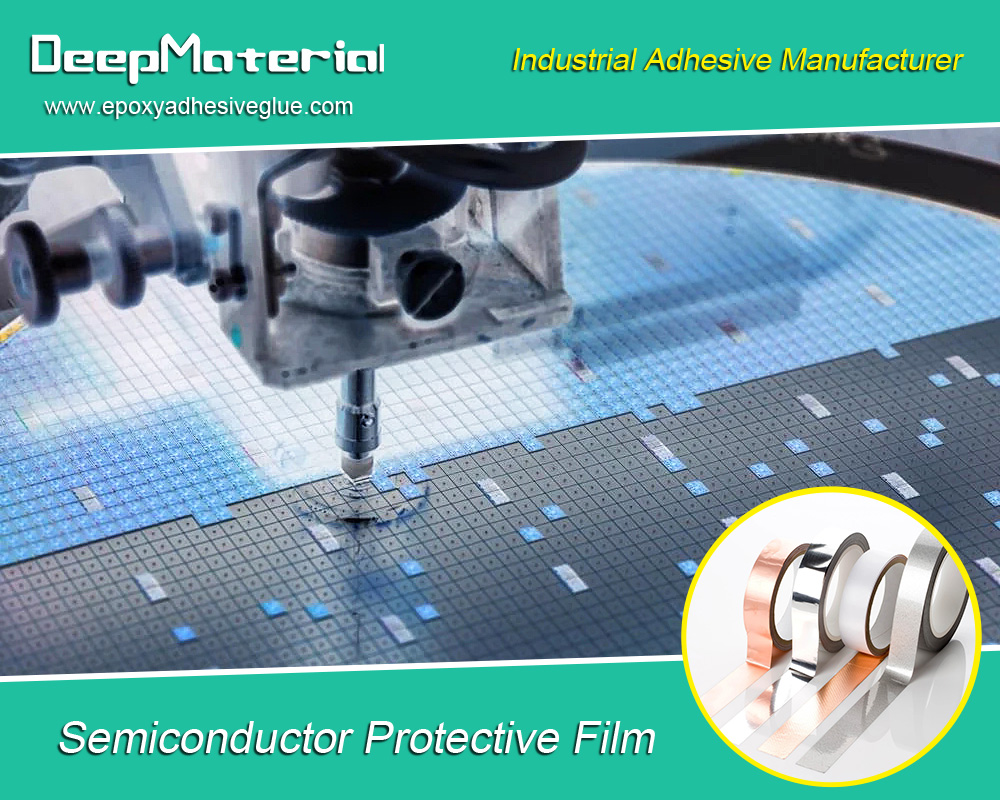
Advantages of UV Curing Adhesive Glass
One of the main advantages of UV curing adhesive glass is its fast curing time. Unlike traditional adhesives that require hours or even days to fully cure, UV curing adhesive glass can cure within seconds or minutes. This significantly reduces production time and increases efficiency in various industries.
Another advantage is the high bond strength that UV curing adhesive glass offers. It forms a strong and durable bond between different materials, ensuring the integrity and reliability of the bonded components. This makes it suitable for applications that require high strength and durability, such as in the automotive and aerospace industries.
UV curing adhesive glass is also versatile in bonding different materials. It can bond glass to glass, glass to metal, glass to plastic, and various other combinations. This versatility makes it a preferred choice in industries where different materials need to be bonded together.
Furthermore, UV curing adhesive glass does not require solvents or heat for curing. This eliminates the need for additional equipment or processes, making it a cost-effective solution. It also reduces the risk of damage to sensitive components or materials that may be affected by heat or solvents.
Applications of UV Curing Adhesive Glass
UV curing adhesive glass finds applications in various industries due to its unique properties and advantages.
In the electronics industry, UV curing adhesive glass is used for bonding components such as displays, touchscreens, and circuit boards. It provides a strong and reliable bond that can withstand the rigors of daily use. The fast curing time is particularly beneficial in the electronics industry, where production time is crucial.
In the automotive industry, UV curing adhesive glass is used for bonding windshields, windows, and other glass components. The high bond strength ensures the safety and structural integrity of the vehicle. UV curing adhesive glass is also resistant to temperature changes and vibrations, making it suitable for automotive applications.
In the medical industry, UV curing adhesive glass is used for bonding medical devices and equipment. It provides a sterile and biocompatible bond that is essential in medical applications. The fast curing time allows for quick assembly of medical devices, reducing production time and increasing efficiency.
In the construction industry, UV curing adhesive glass is used for bonding glass panels, windows, and facades. It provides a strong and durable bond that can withstand harsh weather conditions and structural loads. The versatility of UV curing adhesive glass allows for bonding different materials commonly used in construction.
In the aerospace industry, UV curing adhesive glass is used for bonding aircraft components such as windows, panels, and composites. The high bond strength and durability ensure the safety and reliability of the aircraft. The fast curing time is also beneficial in the aerospace industry, where production time is critical.
Factors to Consider When Using UV Curing Adhesive Glass
When using UV curing adhesive glass, there are several factors that need to be considered to ensure optimal performance.
Surface preparation is crucial for achieving a strong and durable bond. The surfaces to be bonded should be clean, dry, and free from any contaminants such as oil, grease, or dust. Proper surface preparation can be achieved through cleaning with solvents or using mechanical methods such as sanding or etching.
The bonding strength requirements should also be taken into account. Different applications may require different bond strengths, and the adhesive should be selected accordingly. It is important to consult the manufacturer’s guidelines and conduct proper testing to determine the appropriate adhesive for the specific application.
Environmental factors such as temperature and humidity can also affect the curing process and bond strength. It is important to ensure that the curing environment is within the recommended range specified by the manufacturer. Extreme temperatures or high humidity can negatively impact the curing process and result in a weaker bond.
Compatibility with other materials is another factor to consider when using UV curing adhesive glass. Some materials may be sensitive to UV light or may react with the adhesive, affecting the bond strength. It is important to test the compatibility of the adhesive with the materials to be bonded before proceeding with the application.
Comparison of UV Curing Adhesive Glass with Other Bonding Solutions
When comparing UV curing adhesive glass with other bonding solutions, several factors need to be considered.
In terms of strength and durability, UV curing adhesive glass offers comparable or even superior performance compared to other bonding solutions. It forms a strong and durable bond that can withstand various environmental conditions and mechanical stresses. This makes it suitable for applications that require high strength and durability.
In terms of curing time, UV curing adhesive glass has a significant advantage over other bonding solutions. Traditional adhesives often require hours or even days to fully cure, while UV curing adhesive glass can cure within seconds or minutes. This significantly reduces production time and increases efficiency in various industries.
In terms of cost-effectiveness, UV curing adhesive glass offers several advantages. It eliminates the need for additional equipment or processes, such as heat curing or solvent evaporation. This reduces production costs and increases productivity. UV curing adhesive glass also has a longer shelf life compared to some other adhesives, reducing waste and cost.
In terms of ease of use, UV curing adhesive glass is relatively simple and straightforward. It does not require mixing or complicated application processes. The adhesive can be applied directly to the surfaces to be bonded, and the curing process can be initiated with UV light. This makes it a user-friendly solution that can be easily integrated into existing production processes.
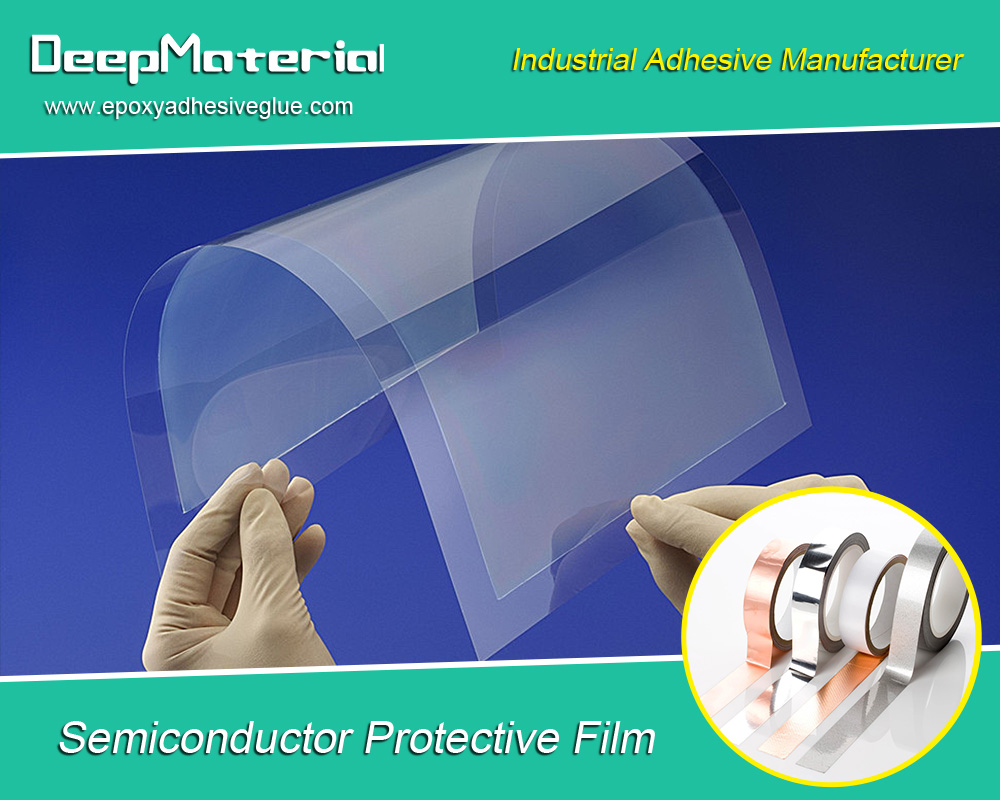
Final Words
UV curing adhesive glass is a versatile bonding solution that offers fast curing time, high bond strength, and versatility in bonding different materials. It finds applications in various industries such as electronics, automotive, medical, construction, and aerospace. The adhesive works by using UV light to initiate the curing process, eliminating the need for solvents or heat.
For more about choosing the Versatility of UV Curing Adhesive Glass for Bonding Solutions, you can pay a visit to DeepMaterial at https://www.epoxyadhesiveglue.com/category/epoxy-adhesives-glue/ for more info.


